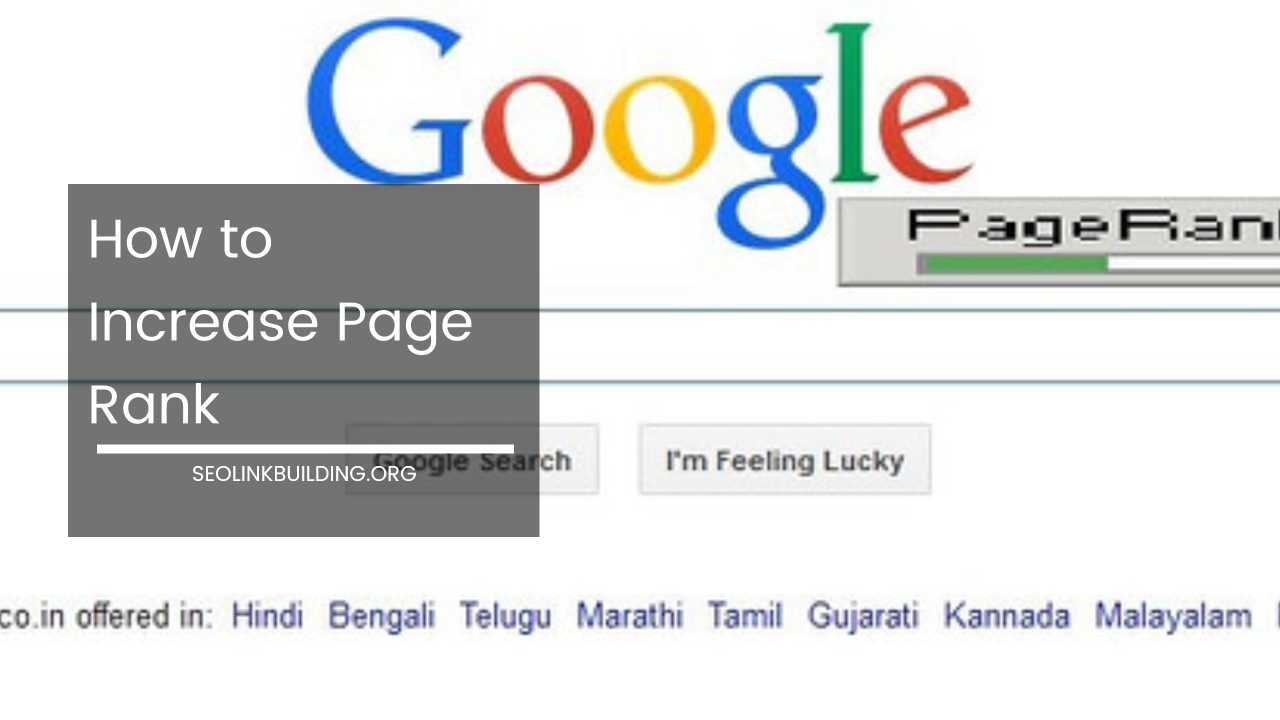How to Avoid Business Blogging Disasters

How to Avoid Business Blogging Disasters: A Guide to Strategic Success
In today’s digitally driven world, a business blog is no longer a vanity project – it’s a fundamental marketing tool. It’s a platform to connect with your audience on a deeper level, establish yourself as an industry authority, and ultimately, drive sales and brand loyalty.
But venturing into the blogosphere isn’t without its challenges. Just like any marketing strategy, business blogging can backfire if not approached strategically.
Here, we’ll delve into the potential pitfalls that can derail your business blog and provide actionable tips to steer clear of disaster and achieve long-term success.
Disaster #1: Lack of Direction – Setting Sail Without a Compass
A blog without a clear purpose is a ship without a rudder, destined to drift aimlessly. Before you start churning out content, take a step back and define your blogging strategy. Here’s what you need to consider:
- Goal Setting: What are you hoping to achieve with your blog? Do you want to generate leads, build brand awareness, establish yourself as a thought leader, educate your audience, or a combination of these? Clearly defined goals will guide your content creation and inform your measurement strategy.
- Target Audience Identification: Who are you trying to reach with your content? Understanding your ideal customer’s demographics, needs, interests, pain points, and online behavior is crucial for crafting content that resonates. Develop a buyer persona to gain a comprehensive understanding of your target audience.
- Competitive Analysis: Research what other businesses in your industry are doing with their blogs. Analyze their content themes, formats, and overall tone. Identify any gaps you can fill by offering a unique perspective or addressing specific audience needs that haven’t been fully explored.
Action Steps:
- Develop a comprehensive blogging strategy: Define your goals, target audience, content pillars (key thematic areas that align with your expertise and audience interests), and a content calendar to ensure consistent publishing.
- Create a buyer persona: This detailed profile of your ideal customer will act as a roadmap for crafting targeted content.
- Conduct a competitor analysis: Learn from the successes (and failures) of others in your industry to differentiate your blog and avoid replicating content that’s already saturated.
Disaster #2: Inconsistent Posting – The Phantom Blogger Strikes Again
Imagine subscribing to a magazine that only releases issues sporadically. Frustrating, right? The same goes for business blogs. Inconsistent posting schedules confuse your audience and make it difficult to build momentum. Here’s why consistency is key:
- Audience Expectations: Readers develop habits, and they expect new content from your blog on a regular basis. Inconsistent posting disrupts this pattern and can lead to reader drop-off.
- Search Engine Optimization (SEO): Search engines favor websites with fresh content. Regularly updated blogs are more likely to rank higher in search results for relevant keywords, increasing your organic traffic.
- Building Trust and Authority: Consistent content creation demonstrates your commitment to your audience and establishes your business as a reliable source of information.
Action Steps:
- Develop a realistic content calendar: Plan your topics in advance and set achievable publishing deadlines that you can stick to. Consider factors like audience preferences, industry trends, and seasonal events when scheduling your content.
- Batch create content: Dedicate specific times to write and schedule multiple posts at once to improve efficiency. Tools like Google Docs or Microsoft Word allow for seamless collaboration if you have a team of content creators.
- Utilize scheduling tools: Many blogging platforms like WordPress or HubSpot offer built-in scheduling features that allow you to publish posts at predetermined times, ensuring a consistent flow of content for your audience.
Disaster #3: Uninspired Content – The Snoozefest Saga
Blogs overflowing with self-serving sales pitches or dry, technical jargon are a recipe for reader boredom. Your content should be informative, engaging, and valuable to your readers. Here’s how to avoid the uninspired content trap:
- Focus on Storytelling: Facts and figures are important, but people connect with stories. Use real-life examples, case studies, and anecdotes to bring your content to life and illustrate your points. Share success stories of your customers or address common challenges your audience faces.
- Content Format Variety: People consume information in different ways. Go beyond traditional blog posts and experiment with infographics, videos, listicles, interactive quizzes, or even podcasts.
- Prioritize Value Over Sales: Provide actionable advice, insightful trends, and practical solutions to your audience’s problems. Focus on educating and empowering your readers, and the sales will naturally follow when you establish trust and expertise.
Action Steps:
- Curate a content mix: Develop a content calendar that incorporates a variety of formats, such as blog posts, infographics, explainer videos, customer testimonials, and interactive quizzes, to cater to different learning styles and audience preferences.
Disaster #4: Content Quality Faux Pas – Credibility on the Rocks
Typos, grammatical errors, and factual inaccuracies can damage your credibility and make your business look unprofessional. Here’s why maintaining high-quality content is paramount:
- Brand Perception: Your blog is an extension of your brand. Errors and inconsistencies create a negative impression and erode reader trust.
- SEO Impact: Search engines penalize websites with low-quality content. Grammatical errors and factual inaccuracies can negatively impact your search engine ranking.
- Reader Engagement: Readers are more likely to disengage with content riddled with errors. Maintaining high-quality content ensures a professional and enjoyable reading experience.
Action Steps:
- Proofreading is Paramount: Employ meticulous proofreading practices. Utilize editing tools like Grammarly or Hemingway Editor to catch errors in grammar, spelling, and sentence structure.
- Fact-Checking is Essential: Double-check all information, especially when citing data or statistics. Link to credible sources to support your claims and ensure the accuracy of your content.
- Maintain a Style Guide: Establish clear guidelines for grammar, punctuation, tone of voice, and formatting. Having a style guide ensures consistency across all your blog posts and strengthens your brand identity.
Disaster #5: SEO and Promotion Neglect – A Hidden Gem No More
Creating great content is only half the battle. You need to optimize your blog for search engines and actively promote it to reach your target audience. Here’s why SEO and promotion are crucial for blog success:
- Organic Traffic Generation: SEO helps your blog rank higher in search engine results for relevant keywords. This increases your visibility to potential customers searching for information related to your industry.
- Content Discoverability: Promotion broadens your reach beyond search engines. Utilize social media platforms, email marketing, and guest blogging opportunities to get your content in front of a wider audience.
- Building Relationships: Promotion allows you to connect with industry influencers and potential partners who can share your content and further amplify your reach.
Action Steps:
- Keyword Research and Integration: Research relevant keywords that your target audience is searching for and integrate them naturally throughout your content. However, avoid keyword stuffing, which can negatively impact your SEO.
- Social Media Promotion: Share your blog posts on relevant social media platforms and engage with your followers. Utilize eye-catching visuals and compelling headlines to encourage clicks.
- Build Backlinks: Encourage other websites to link back to your content. Backlinks are like votes of confidence in the eyes of search engines and can significantly improve your blog’s ranking.
Disaster #6: Reader Engagement Vacuum – A Monologue, Not a Conversation
A one-way conversation isn’t a conversation at all. Fostering reader engagement is crucial for building a loyal audience and generating valuable feedback. Here’s why audience interaction matters:
- Building a Community: Encouraging reader interaction fosters a sense of community around your blog. Readers feel valued and heard, strengthening their connection to your brand.
- Content Improvement: Reader feedback provides valuable insights into audience preferences and pain points. You can use this information to tailor your content strategy and ensure it resonates with your audience.
- Brand Advocacy: Engaged readers are more likely to become brand advocates. They may share your content with their networks, increasing your reach and brand awareness.
Action Steps:
- Respond to Comments Promptly and Thoughtfully: Demonstrate that you value your readers’ input by responding to comments in a timely and courteous manner.
- Ask Open-Ended Questions: Prompt discussions by posing questions at the end of your posts that encourage readers to share their thoughts and experiences.
- Host Q&A Sessions or Conduct Polls: Organize interactive sessions where you can answer reader questions in real-time. Utilize polls and surveys to gather audience input on specific topics or content formats.
Disaster #7: Analytics Avoidance – Flying Blind
Data is your friend! Regularly analyzing your blog’s performance helps you understand what’s working and what’s not. Here’s why data is crucial for strategic decision-making:
- Identifying Content Performance: Track key metrics like website traffic, page views, engagement rates (likes, comments, shares), and conversions (leads generated, sales) to understand how your content is performing.
- Optimizing Your Strategy: Analyze your data to identify what type of content resonates best with your audience. Use this knowledge to refine your content strategy and maximize your return on investment (ROI).
- Staying Ahead of the Curve: Monitor industry trends and analyze your competitors’ content performance to identify opportunities to adapt and stay ahead of the curve.
Action Steps:
- Track Key Metrics: Use website analytics tools like Google Analytics to monitor key performance indicators (KPIs) that align with your blogging goals. For example, if lead generation is a primary objective, track metrics like form submissions and downloads of gated content (exclusive content offered in exchange for contact information).
- Utilize A/B Testing: Test different headlines, calls to action, content formats, and even website layouts to see what resonates best with your audience. A/B testing allows you to make data-driven decisions and optimize your blog for maximum impact.
- Embrace Continuous Improvement: The digital landscape is constantly evolving. Regularly review your analytics, conduct audience surveys, and stay updated on industry trends to ensure your blog strategy remains relevant and effective.
Beyond the Basics: Advanced Strategies for Business Blogging Success
Once you’ve mastered the fundamentals of avoiding blogging pitfalls, you can elevate your blog to new heights by implementing these advanced strategies:
- Content Personalization: Personalize your content to cater to different audience segments. Leverage website visitor tracking tools to tailor your blog posts and CTAs (calls to action) based on user behavior and interests.
- Thought Leadership Cultivation: Establish yourself as an industry authority by publishing in-depth research reports, white papers, and expert interviews. Contribute guest posts to other relevant blogs to increase your reach and brand awareness.
- Influencer Marketing: Partner with relevant industry influencers to promote your blog content and tap into their established audience. Leverage influencer marketing to build trust and credibility for your brand.
- Content Repurposing: Expand the reach and longevity of your content by repurposing it into different formats. For example, convert blog posts into infographics, videos, or social media posts.
Final Word: Building a Thriving Business Blog
By avoiding the common pitfalls discussed above and implementing these actionable strategies, you can transform your business blog from a potential disaster zone into a thriving hub for valuable content, engaged readers, and ultimately, business growth.
Remember, successful blogging is a marathon, not a sprint. Be patient, consistent, and data-driven in your approach, and you’ll be well on your way to achieving long-term blogging success.
Bonus Tip: Don’t be afraid to experiment and have fun with your blog! Creativity and a genuine brand voice can set you apart from the competition and make your blog truly stand out.













